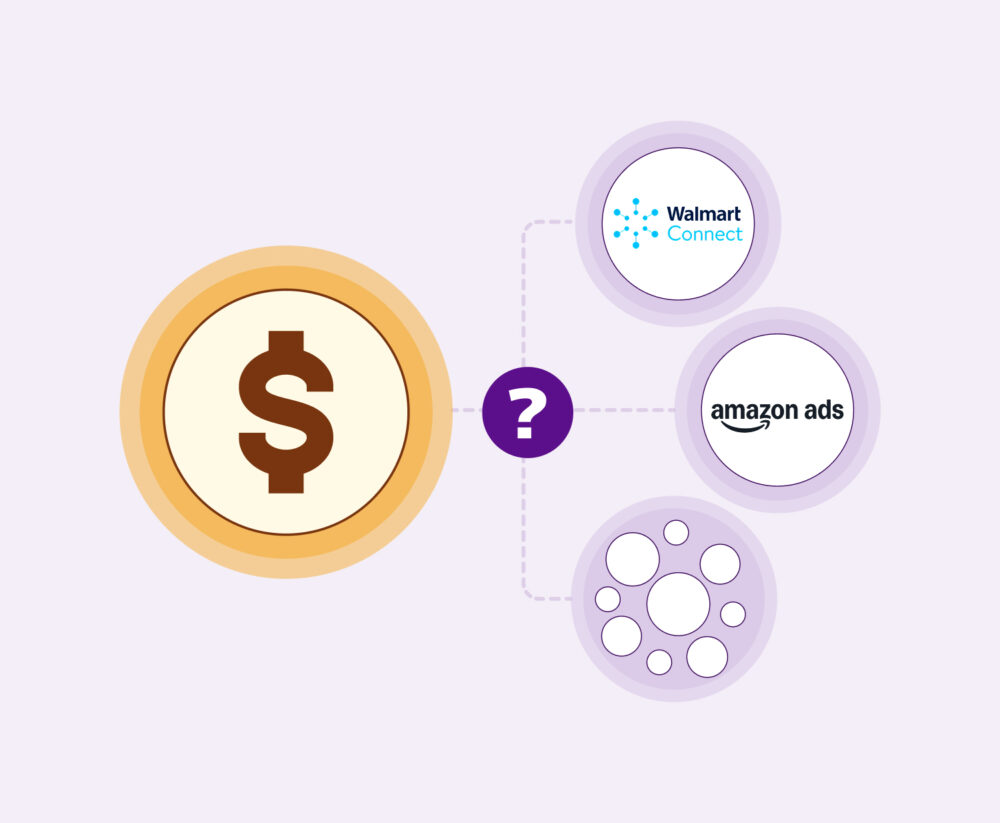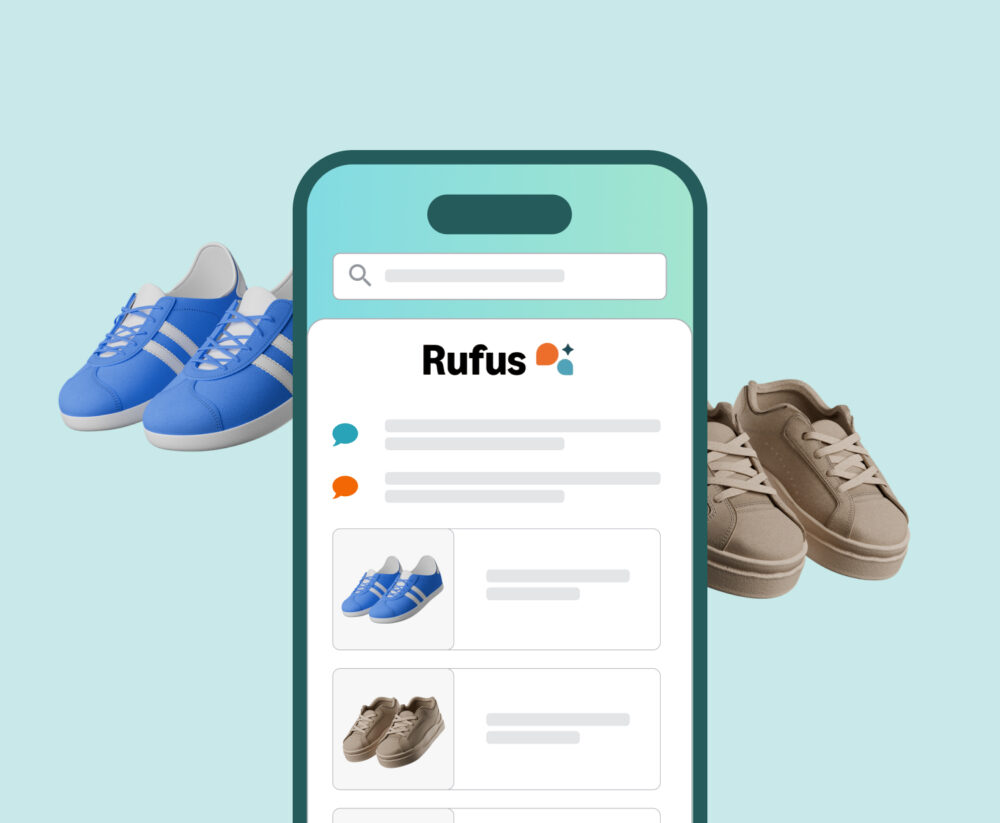European luxury fashion in 2025: what’s trending, where brands specialise, and how newness moves the market
Introduction: A Clear Model Wins in European Luxury
European luxury remains resilient in 2025. Tourist flows are reviving flagship districts, online demand is concentrating around recognizable icons, and high‑net‑worth clients continue to support statement pieces.
Market growth is expected to continue at a compound annual rate of around 2.1% to 3.5% over the next five to ten years, reflecting both continued expansion and a shift toward sustainable, value-driven consumption.
In this market, clarity of brand model makes the difference. Houses that perform best either behave like destination brands—broad assortments, firm premium pricing and a stable of icons—or operate as focused specialists with tight edits and unmistakable codes.
This article distils the Trends & New Products, Brand Specialisations and Conclusions from our Q2 2025 benchmark, which tracks data from April–June across Armani, Dolce & Gabbana, Versace, Missoni and Etro in Europe. The goal: help merchandising, e‑commerce and marketing teams see where demand is moving and how to allocate depth with confidence.
Trends and New Product Cadence
One of the most notable trends in 2025 is the emphasis on frequent, meaningful product releases, particularly in ‘New Arrivals’ categories. Brands like Armani, for example, place strategic weight on constantly updating collections, especially in the menswear segment. This move keeps the brand narrative fresh and drives repeat engagement among consumers looking for the latest from their preferred houses.
Apparel as the Prestige Anchor
Across the panel, dresses, coats and blazers carry the highest average and maximum prices. These categories define seasonal storytelling and justify the top rungs of the price ladder. Versace posts notable peaks in women’s dresses and outerwear, while Dolce & Gabbana combines elevated pricing with category breadth, listing four‑digit SKU counts in dresses, blouses and skirts. Armani participates selectively in women’s prêt‑à‑porter and focuses on pieces that read as high‑value launches rather than chasing volume.
The takeaway is straightforward: if a house needs to reinforce stature, it concentrates design and content on tailored dresses, structured blazers and statement coats. These items become the runway for brand codes and pull the rest of the range upward.
Accessories as the Revenue Engine
Bags, shoulder bags and jewellery continue to deliver strong revenue contributions, supported by clear iconography and collectability. Dolce & Gabbana sets the quarter’s outlier in Women’s Jewellery, reaching a maximum of €395,000 and an average of €10,741—an explicit play toward collectors and connoisseurs. Versace’s depth in Women’s Handbags and signature sunglasses sustains visibility and replenishment cycles. Across brands, accessories carry the weight of logo recognition and day‑to‑day wearability, which keeps traffic flowing between seasonal drops.
Footwear and Entry Categories
While footwear categories such as sneakers, sandals, and pumps maintain luxury credentials, the price ranges tend to be more contained compared to high-value apparel or accessories. These products represent important entry points for younger, affluent consumers aspiring to step into the luxury universe.
Meanwhile, categories like beachwear and small leather goods present the lowest average price points across all five brands. This deliberate pricing makes luxury brands more accessible to first-time buyers without undermining the exclusivity of core collections. Beachwear, in particular, is leveraged as a recruitment tool—Missoni’s notable strength in this area stands out for its scale and focus.
Newness Cadence and the “New for” Rails
Momentum correlates with a regular stream of meaningful newness. Armani leans into “New Arrivals,” with standout activity in “New for him,” and Etro mirrors this approach with stable depth in both “New for her” and “New for him.” In-season storytelling, timely photo refreshes and consistent clienteling around these rails sustain conversion without resorting to promotion.
Q2 Best‑Sellers Snapshot
Women’s summer standouts:
- Short and long cover‑ups, caftans, and foulard tops across houses
- 925 silver earrings and sun‑ray necklaces as accessible jewellery magnets
- Lightweight leather sandals that move between city and resort
Men’s summer standouts:
- Cotton & silk knit polo/t-shirts across houses
- Woven jersey jackets and Prince of Wales jersey tailoring for warm weather
- Core logo tees, including Armani’s Borgonuovo crewneck
These launches point to the importance of limited editions and capsule collections in maintaining regular excitement and “must-have” status around new arrivals.
Brand Specialisations: Where Each House Leads
Across the competitive landscape, each brand exhibits a distinct playbook based on assortment, pricing, and design philosophy.
Armani: Selective Curation with Consistent Luxury Pricing
Armani focuses on disciplined edits and high‑value launches rather than sprawling volume. The brand’s strength in “New for him,” supported by refined swim, logo tees and soft‑tailoring, points to a menswear emphasis anchored in polish and ease. In women’s prêt‑à‑porter, Armani’s presence is restrained but purposeful, prioritising garments that read as enduring wardrobe investments. Price integrity holds across categories, and the brand’s equity comes through in material quality and clean lines.
Dolce & Gabbana: Assortment Leadership and a Jewellery Halo
Dolce & Gabbana commands 36.4% of observed SKUs in our panel (10,712 items), the largest share among the five houses. The label dominates women’s apparel—dresses, blouses, skirts—while its jewellery strategy creates a halo effect that amplifies brand desirability at the very top of the ladder. Coordinated floral print capsules drove Q2 attention and encouraged multi‑piece baskets. D&G’s playbook is scale plus spectacle: own the shelf in core fashion categories and elevate the atmosphere with ultra‑exclusive pieces.
Versace: Statement Apparel Backed by Recognisable Accessories
Versace pairs high‑end apparel with icons that keep traffic consistent between runway moments. Deep assortments in women’s handbags, the enduring appeal of Medusa Biggie sunglasses and strong presence in dresses and coats underline a model built on signature hardware and bold silhouettes. Seasonal wins in swim and sliders prove that the brand’s codes translate cleanly into summer capsules that convert at volume.
Etro: Refined Everyday Luxury with Menswear Credibility
Etro sits in the moderate‑assortment, moderate‑high price tier and builds loyalty through fabric quality and wearable design. Shirts, trousers and dresses perform as daily luxury staples, supported by steady activity in “New for her” and “New for him.” The Etro x Agostino Iacurci Arnica travel bag showcases a thoughtful approach to accessories, while tailored jersey jackets and print stories maintain the house’s artful identity. Etro’s customer values craft and comfort without sacrificing elegance.
Missoni: Knitwear DNA and a Strong Beachwear Focus
Missoni’s pricing remains contained relative to D&G and Versace, reinforcing a strategy rooted in textile expertise. Knit polos and crewnecks in 3D chevron motifs lead men’s results, while an exceptional push in Women’s Beachwear—recorded at 1,000 products—signals emphasis on resort dressing. Accessories add accessible entry points, and the overall experience is one of pattern‑rich ease that adapts well to travel and leisure wardrobes.
Key Conclusions: What Defines Success in 2025
- Premium Positioning and Segmentation: At the upper end of the spectrum, Dolce & Gabbana and Versace secure their loftiest status through both price and iconic design—turning certain product lines into aspirational symbols for collectors and connoisseurs. For these houses, exclusivity and scarcity are central to brand strength.
- Curation and Innovation: Armani’s success demonstrates the appeal of a more editorial approach: fewer, but more innovative and iconic, launches, often backed by strong narratives and limited releases. The focus is on quality and memorable launches rather than simple product proliferation.
- Accessibility with Integrity: Mid-tier luxury brands like Etro and Missoni show that it is possible to balance accessibility and luxury without eroding cachet. A considered pricing philosophy, regular newness, and an honest reflection of the brand’s DNA support a clientele looking for elegance without constant display.
- Accessories and Assortment Depth: Another clear takeaway is the crucial revenue role played by accessories, which act as both profit engines and brand signifiers. Depth of assortment, especially for leaders like Dolce & Gabbana and Versace, increases visibility, bargaining power, and ecosystem strength—but is only sustainable for those with highly recognizable icons or brand codes.
- Category Leadership and Differentiation: For challengers in the segment, targeting clear category ownership—rather than trying to match leaders in every field—emerges as the wisest strategy. Whether through outstanding knitwear (Missoni), high-visibility collaborations (Etro), or curated statement collections (Armani), sharper differentiation is more effective than broad competition.
- Engagement Through Newness: A fast cadence of new launches, storytelling, and limited editions not only keeps the brand front-of-mind but also transforms standard products into must-have statements. Omnichannel strategies, disciplined distribution, and special collaborations further amplify impact without undercutting exclusivity.
Closing Thoughts: Compete on Desire with a Disciplined Model
The European luxury fashion sector today is defined by a careful interplay of heritage and innovation, as well as exclusivity and accessibility. Market leaders distinguish themselves by mastering the narrative of desire and pairing it with operational excellence—helping them sustain a cadence of new launches while staying true to the values and signature codes that make their brands truly stand out.
Success in this landscape belongs to brands that confidently define their direction, make strategic edits, and keep their promises through both iconic products and compelling storytelling, always informed by sharp data and timely insights. As European luxury fashion continues to evolve, the brands that will set the benchmark are those who focus on newness, specialization, and genuine value at their core.
For a data-driven look at where depth converts fastest and how to sustain momentum with the latest product and category insights, access the full story in our European Luxury Houses Q2 2025 report. Download your copy from our campaign page and discover the KPIs and strategies shaping tomorrow’s luxury market.







